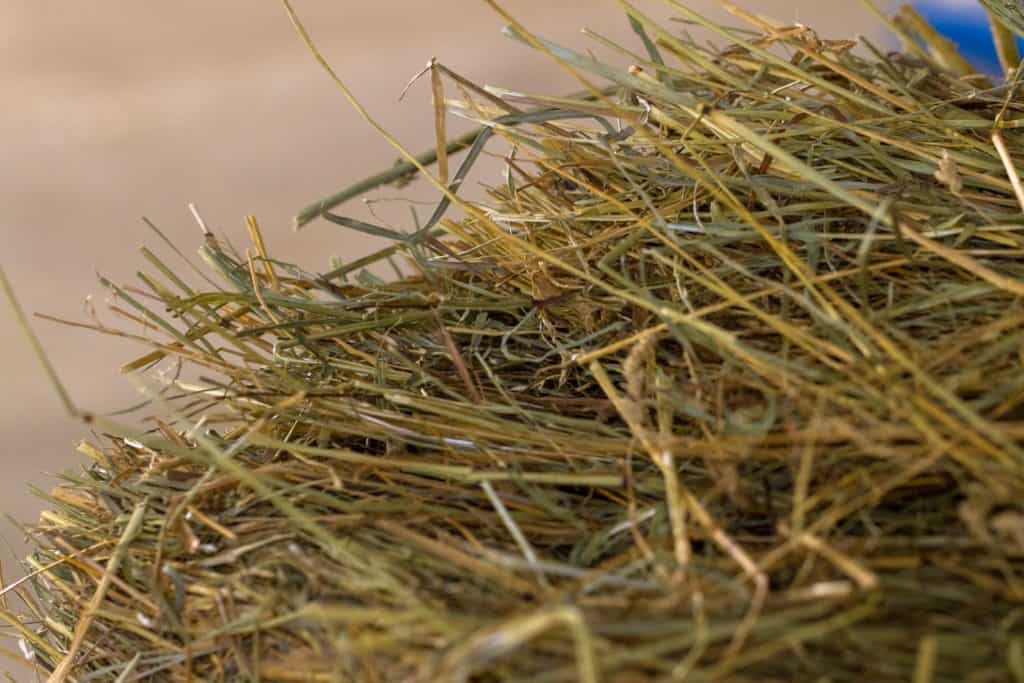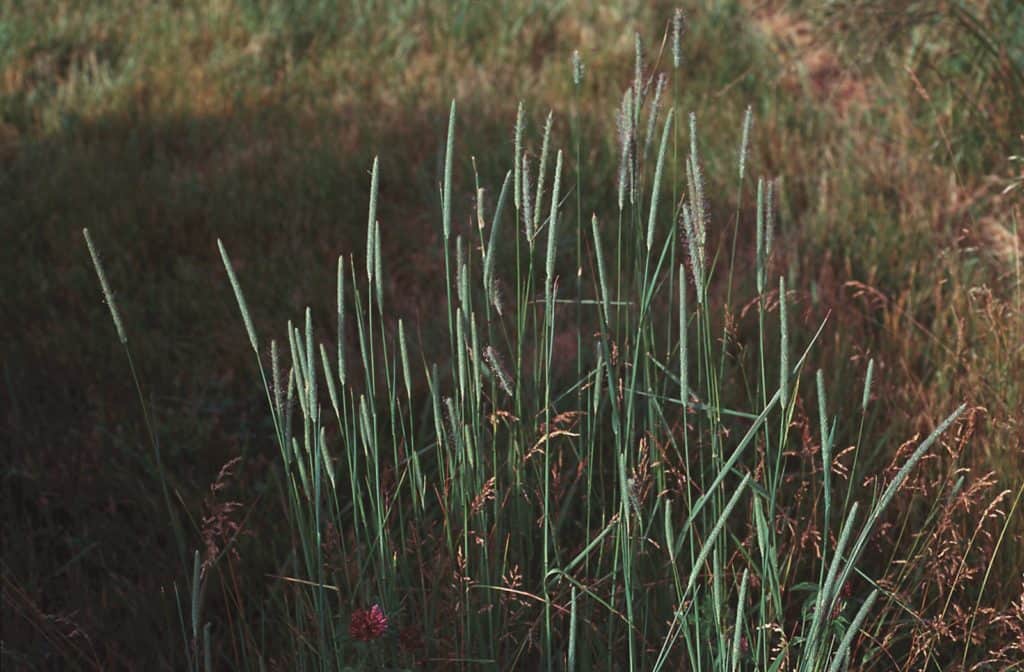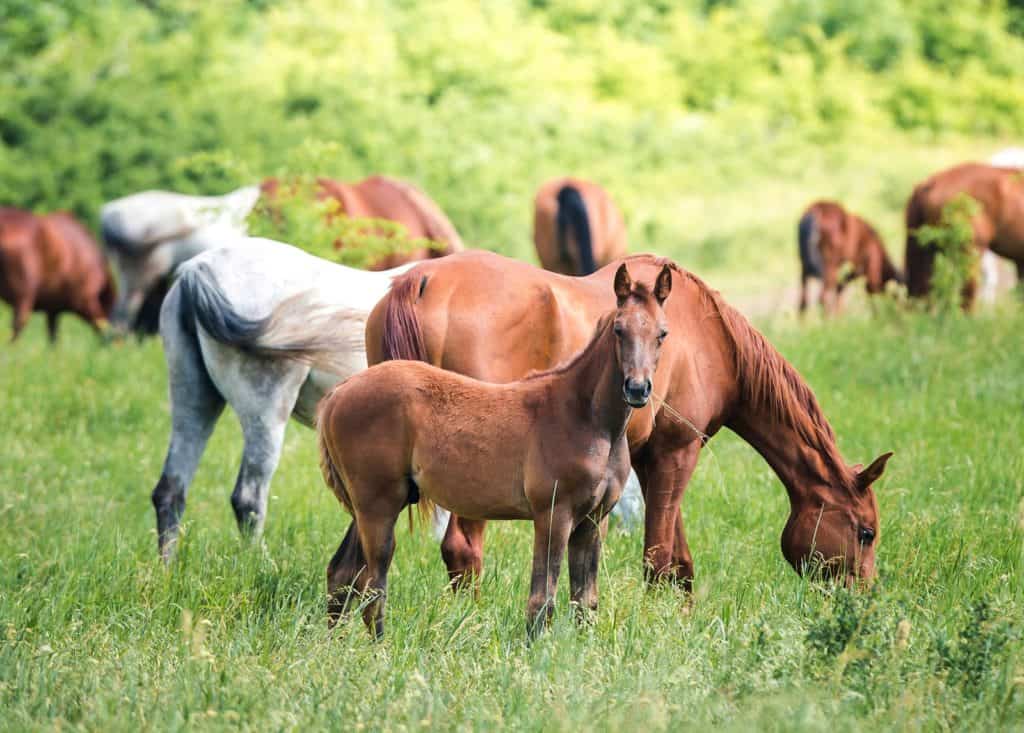
Poll Recap: Weighty Feed Options
Of the 758 respondents, only 106 (14%) said they weigh everything their horse gets to eat.

Of the 758 respondents, only 106 (14%) said they weigh everything their horse gets to eat.

Horses that plow, heal, or protect have distinctly different lifestyles than the average riding horse.

Ensure your golden oldie gets the care and support he needs, even if he’s weathered previous winters without trouble.

Three equine professionals offer tips for preparing your animals, facilities, and yourself for the deep freeze ahead.

A horse owner asks if hay analysis is necessary. Our nutrition expert offers an answer and advice on getting a sample.

Use these six helpful tips when evaluating and choosing hay for your horse.

Timothy is a perennial grass that can survive harsh winters and wet soils better than most cool-season grasses.

Use these 10 veterinarian-approved tips for keeping your horse healthy and comfortable as winter approaches.

Take steps to reduce the risk of laminitis development, such as combating obesity and reducing pasture and NSC intake.

Being able to identify horses at increased risk of developing laminitis is key to reducing its incidence.

Orchardgrass is a cool-season perennial and a desirable hay and pasture grass for horses.

Wet and humid weather resulted in a number of diseases popping up in alfalfa crops across the commonwealth.

Researchers say responses from the survey will help gauge horse owners’ and managers’ understanding of equine nutrition.

Researchers concluded that alfalfa hay can induce primary photosensitization, but what it results from remains unclear.

Too much dietary selenium can cause toxicity or even death. But too little selenium can be life-threatening, as well.

You can’t just toss your equine athletes, seniors, youngsters, and retirees the same feed and call it a day.
Stay on top of the most recent Horse Health news with
"*" indicates required fields